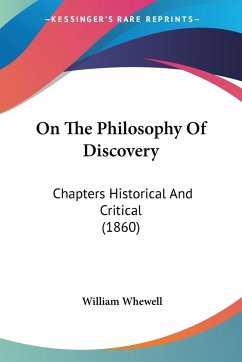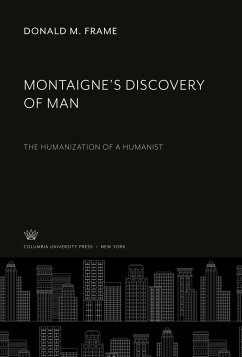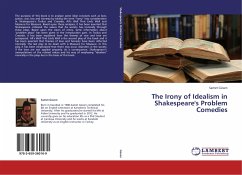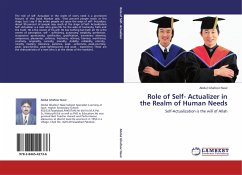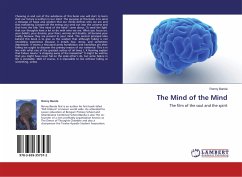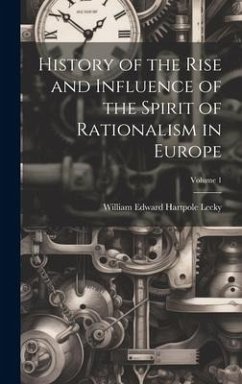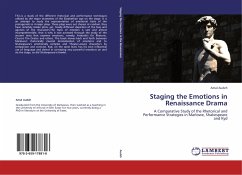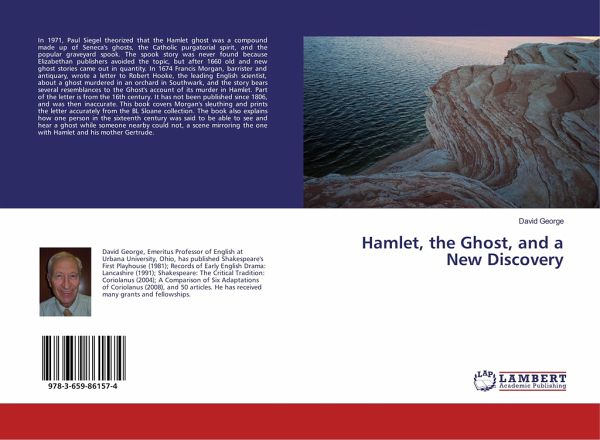
Hamlet, the Ghost, and a New Discovery
Versandkostenfrei!
Versandfertig in 1-2 Wochen
24,99 €
inkl. MwSt.

PAYBACK Punkte
12 °P sammeln!
In 1971, Paul Siegel theorized that the Hamlet ghost was a compound made up of Seneca's ghosts, the Catholic purgatorial spirit, and the popular graveyard spook. The spook story was never found because Elizabethan publishers avoided the topic, but after 1660 old and new ghost stories came out in quantity. In 1674 Francis Morgan, barrister and antiquary, wrote a letter to Robert Hooke, the leading English scientist, about a ghost murdered in an orchard in Southwark, and the story bears several resemblances to the Ghost's account of its murder in Hamlet. Part of the letter is from the 16th centu...
In 1971, Paul Siegel theorized that the Hamlet ghost was a compound made up of Seneca's ghosts, the Catholic purgatorial spirit, and the popular graveyard spook. The spook story was never found because Elizabethan publishers avoided the topic, but after 1660 old and new ghost stories came out in quantity. In 1674 Francis Morgan, barrister and antiquary, wrote a letter to Robert Hooke, the leading English scientist, about a ghost murdered in an orchard in Southwark, and the story bears several resemblances to the Ghost's account of its murder in Hamlet. Part of the letter is from the 16th century. It has not been published since 1806, and was then inaccurate. This book covers Morgan's sleuthing and prints the letter accurately from the BL Sloane collection. The book also explains how one person in the sixteenth century was said to be able to see and hear a ghost while someone nearby could not, a scene mirroring the one with Hamlet and his mother Gertrude.



